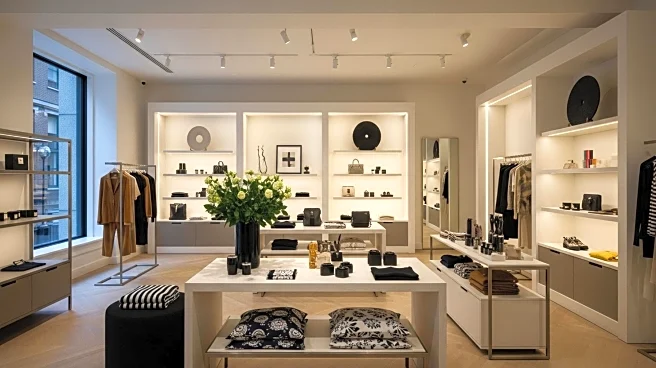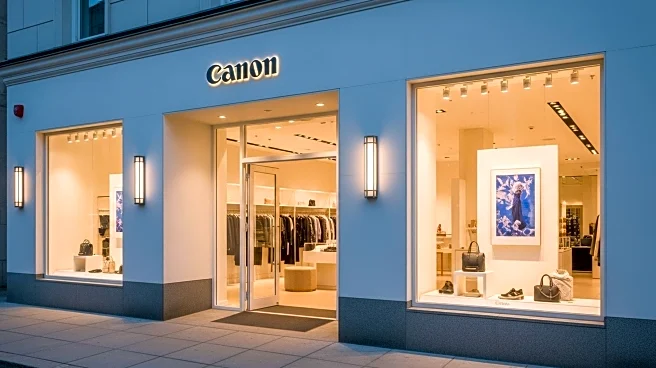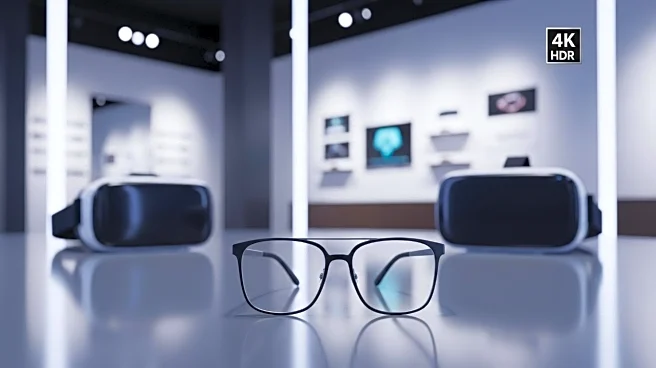What's Happening?
Target has launched an accessible self-checkout system designed to accommodate guests with disabilities, now operational in over 200 stores nationwide. The system includes features such as Braille and high-contrast button icons, a headphone jack for private audio guidance, and physical navigation buttons. Developed with input from the blind community, the self-checkout aims to improve the shopping experience for blind and low-vision guests, as well as individuals with motor disabilities. Target plans to expand this technology to all self-checkouts nationwide by early 2026.
Why It's Important?
Target's initiative to introduce accessible self-checkouts underscores its commitment to inclusivity and equitable shopping experiences. By addressing the needs of disabled guests, Target enhances its reputation as a socially responsible retailer, potentially attracting a broader customer base. The implementation of accessible technology reflects a growing trend among businesses to prioritize inclusivity and accessibility, aligning with societal expectations and regulatory requirements. This development may influence other retailers to adopt similar measures, contributing to a more inclusive retail environment.
What's Next?
As Target expands its accessible self-checkout technology, other retailers may follow suit, leading to increased adoption of inclusive practices across the industry. Target's commitment to accessibility may prompt further innovations in store design and customer service, enhancing the overall shopping experience for disabled guests. The company's efforts could also influence public policy and industry standards, encouraging broader implementation of accessible technologies. Consumers can expect continued advancements in retail inclusivity, driven by both corporate responsibility and consumer demand.










